Annual Roof Inspections: What Roofers Check and Why Homeowners Should Care
Roof inspections are an essential aspect of home maintenance, safeguarding the structural integrity and value of a property. Homeownership brings with it a multitude of responsibilities, chief among them the regular evaluation of the roof. An annual roof inspection can prevent significant, unexpected repairs and contribute to the long-term health of the home. During these inspections, roofers can uncover minor issues that could potentially escalate into major problems, thus saving homeowners considerable expenses. Understanding the facets involved in professional roof inspections is pivotal for protecting one of a home's most critical assets.
Exterior Roof Components
During a roof inspection, professionals begin by examining the roof covering, which includes shingles, tiles, or metal sheets. In the U.S., steep-slope asphalt shingles are the predominant roofing material, with 83% of roofing contractors listing them as the primary shingle type sold, according to This Old House. Due to the popularity of these shingles, roofers have become familiar with assessing their condition. The condition of these materials is meticulously inspected for signs of wear, damage, or aging. Damaged or missing shingles can lead to leaks, resulting in water damage to the home's interior. Identifying these issues early allows homeowners to make necessary repairs before significant damage occurs.
Flashing is a critical component that directs water away from essential roof intersections such as chimneys, vents, and skylights. Roofers inspect the integrity of the flashing, ensuring it is excellently sealed and free from rust or gaps. Faulty or aging flashing can develop leaks, potentially causing severe water damage if left unaddressed. A comprehensive inspection will reveal areas where flashing may need to be repaired or replaced. The timely maintenance of flashing can prevent larger issues associated with water infiltration.
Ensuring that gutters and downspouts are functioning correctly is another fundamental aspect of roof inspection. Roofers check these components for clogs, bends, or rust, ensuring they are efficiently directing water away from the house. Debris buildup in gutters can lead to overflow and water damage to the roof or foundation. Ongoing gutter maintenance ensures effective runoff during rainstorms, protecting the home from water-related issues. Regular inspection and cleaning can avert the costly repercussions of gutter malfunctions.
Proper roof ventilation is crucial for preserving the lifespan of the roof and the overall comfort and energy efficiency of the home. Inspectors examine the ventilation components, such as ridge vents and soffit vents, for blockages or damage, ensuring adequate airflow. Adequate ventilation helps regulate attic temperatures, reducing moisture buildup that can lead to mold or mildew. A well-ventilated roof prevents the deleterious effects of heat and moisture on roofing materials, prolonging their life. Inspectors ensure that the home's ventilation system supports optimal roof performance.
Roofers also evaluate the condition of the fascia and soffit, critical elements that provide both functional and aesthetic benefits to the home. These components are inspected for decay, damage, or pest infestation. Compromised fascia and soffit can allow moisture entry, affecting roof ventilation and potentially leading to structural issues. A thorough inspection aids in timely repairs, safeguarding the integrity and visual appeal of the roof. Regular fascia and soffit assessment is integral to the overall effectiveness of roof inspections.
Common Roof Problems
Shingles protect the roof's surface from the elements, and missing or damaged ones can lead to leaks and water damage. Inspections frequently reveal such issues, which, if addressed promptly, prevent more significant repair costs. Damage is often due to weather, age, or poor installation, making regular checks crucial for timely intervention. Regular inspections help maintain the protective function and appearance of the roof.
Flashings, when not adequately maintained, can become a primary source of roof leaks. Inspectors are trained to identify signs of flashings that have become loose or deteriorated. Water infiltration is often due to flashings that have lost their integrity, particularly near joints and edges. Detecting and repairing flashing issues prevents leaks that can lead to water damage in ceilings and walls. Regular maintenance of flashings is imperative for preventing roof and structural damage.
Sagging sections of the roof raise red flags during inspections, pointing to potential structural issues. Often caused by prolonged water exposure or inadequate support, sagging compromises the roof's integrity. Roofers investigate the root causes of sagging, recommending appropriate measures such as reinforcement or replacement. Early intervention can prevent minor sags from evolving into significant problems that affect the entire roof. Addressing sagging promptly ensures the safety and stability of the household infrastructure.
The presence of moss and algae on roofing materials is not only unsightly but also detrimental to the roof's functionality. Inspectors identify and recommend treatments to control biological growth effectively. Moss and algae retain moisture, which can deteriorate shingles and other roofing materials over time. Systematic cleaning and treatment enhance the roof's longevity and appearance. Regular inspections allow for early detection and removal, protecting the roof from long-term damage.
Animals and pests posing a threat to the integrity of the roof can also be identified during inspections. Signs of infestation by rodents, birds, or insects need prompt addressing to prevent damage to roofing structures and insulation. Roofers look for nesting materials, droppings, or entrance holes, which serve as indications of pest activity. Effective pest management strategies protect the home and its occupants from associated health and structural risks. Regular inspections help homeowners stay ahead of infestation issues.
Regular Roof Inspections
Regular roof inspections play a crucial role in extending the lifespan of a roof by identifying minor issues before they escalate. They provide homeowners with the opportunity to undertake preventive measures, thus avoiding premature roof replacements. Addressing concerns such as small leaks, minor shingle damage, or debris buildup can markedly lengthen a roof's functionality. This increased roof longevity translates into significant cost savings and environmental benefits by reducing waste. Ensuring a prolonged lifespan with regular maintenance is central to sustainable home ownership practices.
By addressing issues as they arise, regular inspections help avoid the need for major repairs. Early detection of potential problems ensures that minor repairs can be conducted promptly, preventing the escalation into larger, more costly undertakings. Inspections enable budgeting for minor repairs, mitigating the financial shock of unexpected major overhaul costs. Investing in regular maintenance results in cost efficiencies and budget predictability for homeowners. Regular inspections are a proactive approach toward financial prudence in home management.
A well-maintained roof contributes to enhanced energy efficiency by optimizing insulation properties. Regular checks ensure insulation and ventilation systems are functioning effectively, reducing energy waste. Homeowners benefit from lower heating and cooling costs due to improved energy regulation within the home. The inspection process specifically looks at elements such as insulation degradation, ensuring they meet performance standards. Attention to energy efficiency during inspections underpins the economic and environmental stewardship of households.
A roof in excellent condition significantly amplifies the curb appeal and resale value of a home. Regular inspections with appropriate maintenance and documentation offer assurance to potential buyers regarding the home's upkeep. A well-kept roof is an asset that can enhance property marketability and achieve higher valuations. Maintaining comprehensive inspection records provides a transparent history of care and sets a home apart in competitive markets. The documented care and condition of a roof are instrumental in safeguarding and boosting home value.
Regular roof inspections are an essential practice for any homeowner, representing a proactive approach to maintaining safety, value, and functionality. They provide vital insights into the health of the roof, facilitating timely maintenance that prevents major damage and expenses. Proactive roof maintenance is a smart investment in the longevity and value of the home, delivering peace of mind and savings for homeowners. If you're looking for a professional to maintain your roof, contact Motto & Sons Roofing & Construction.
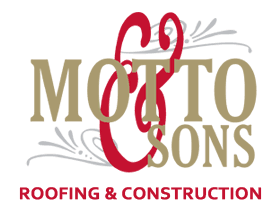


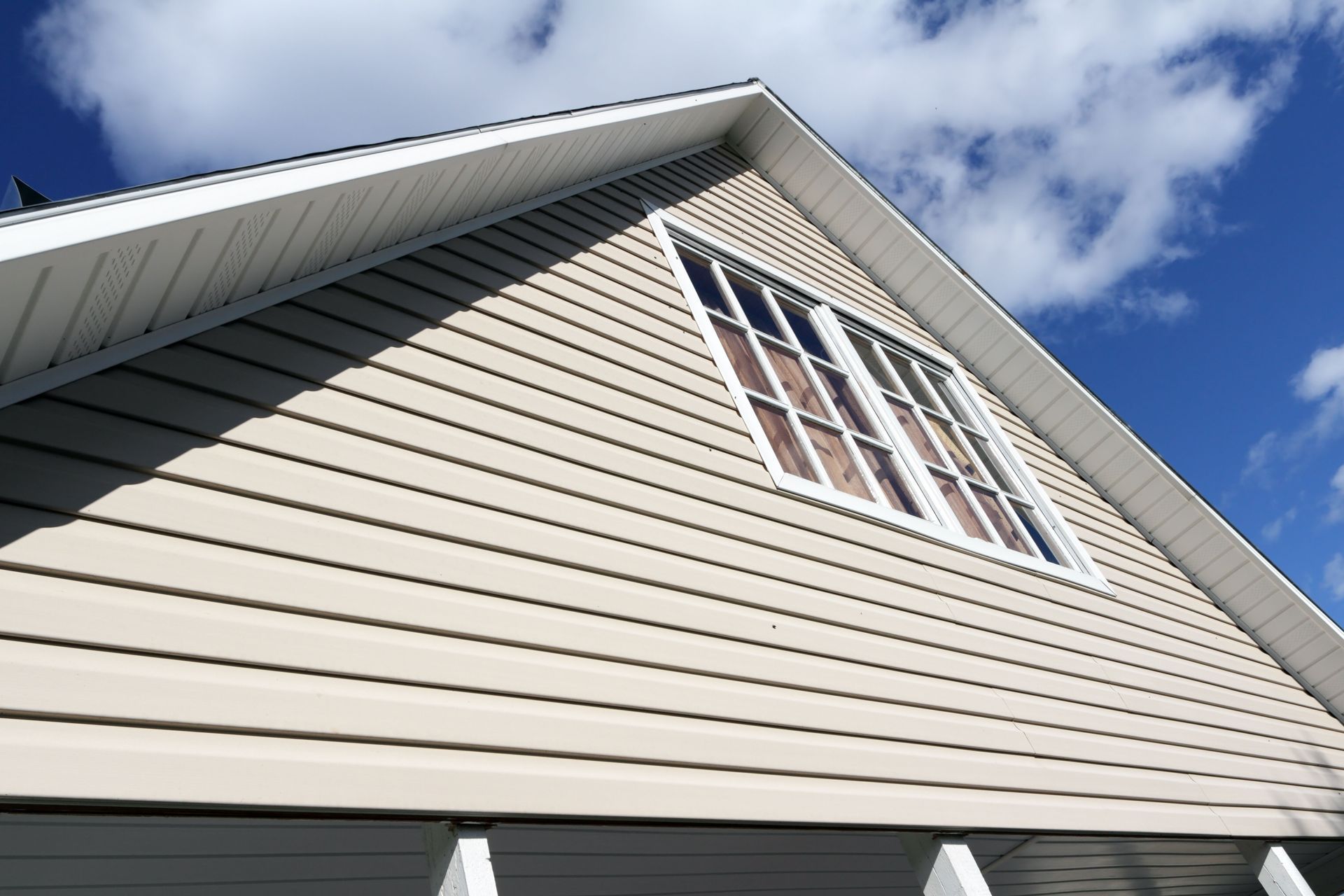
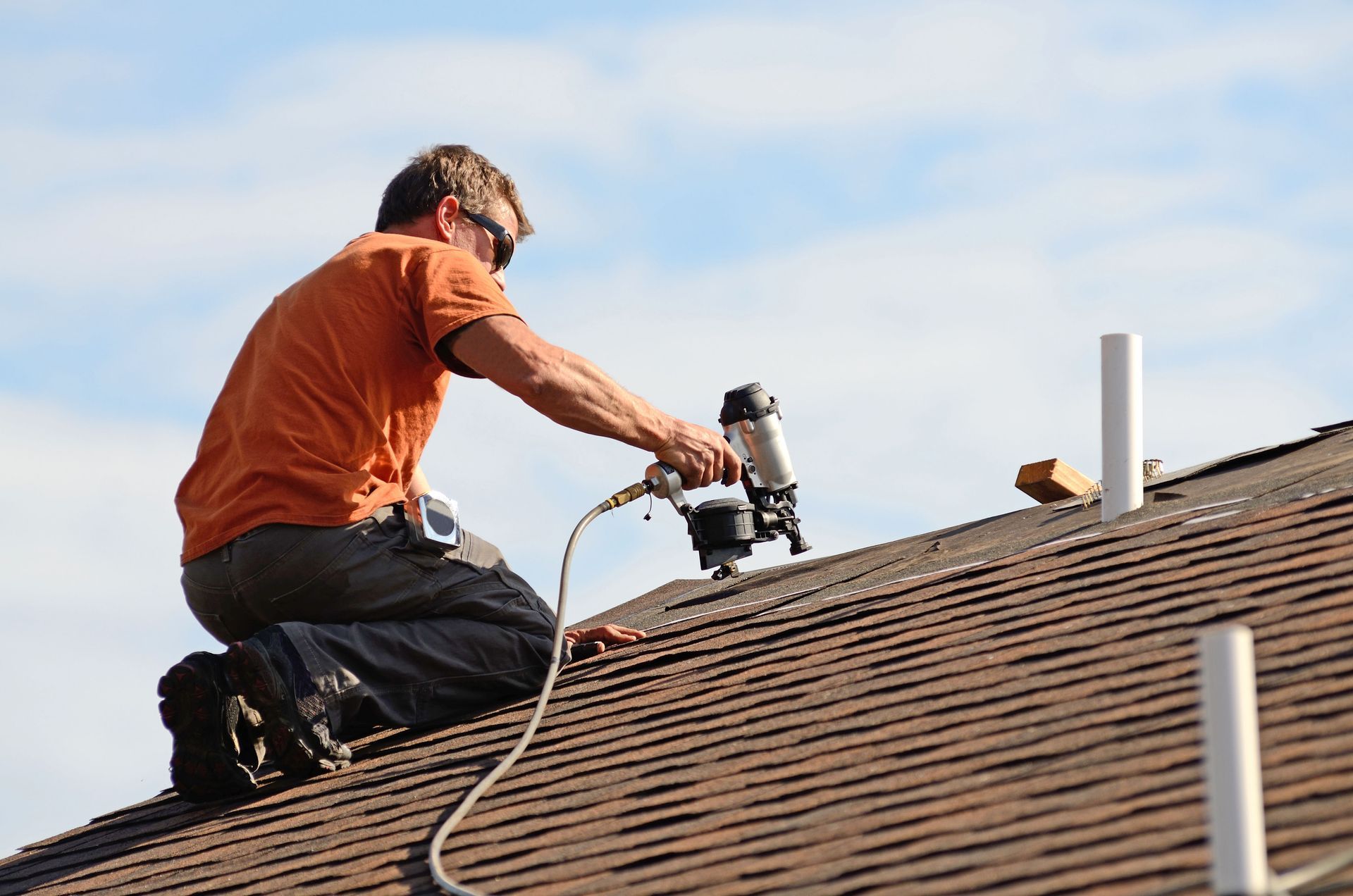
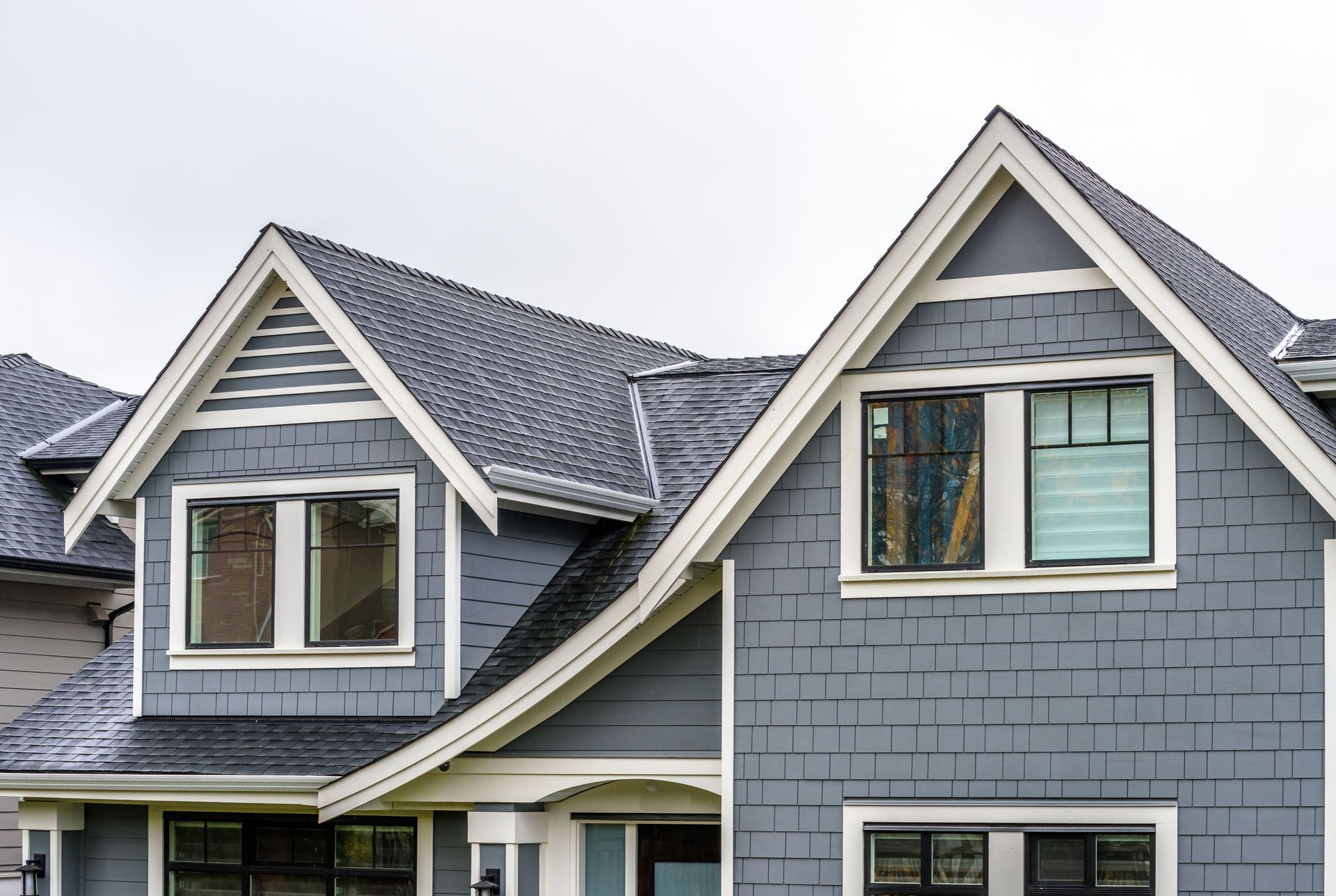


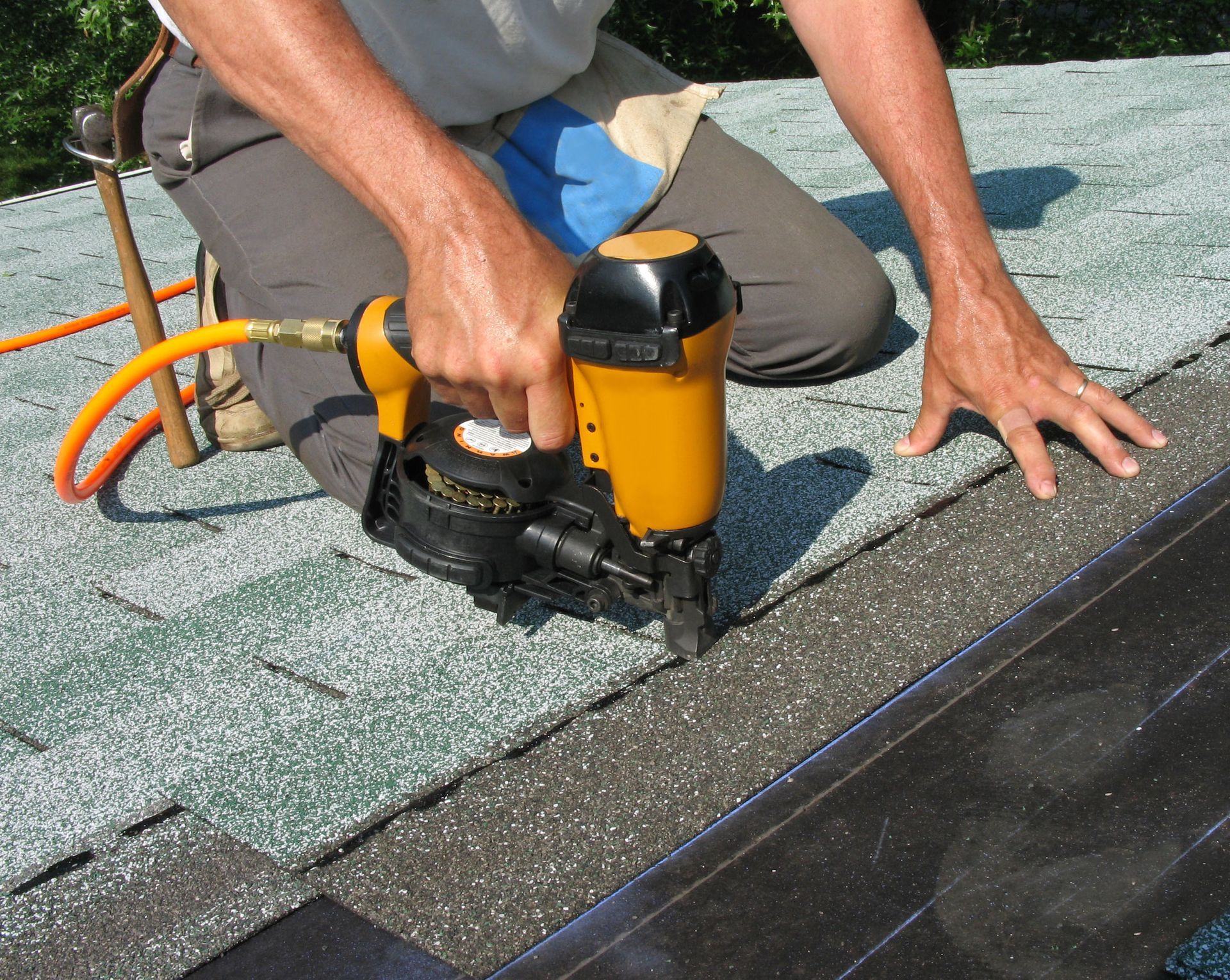

Share On: